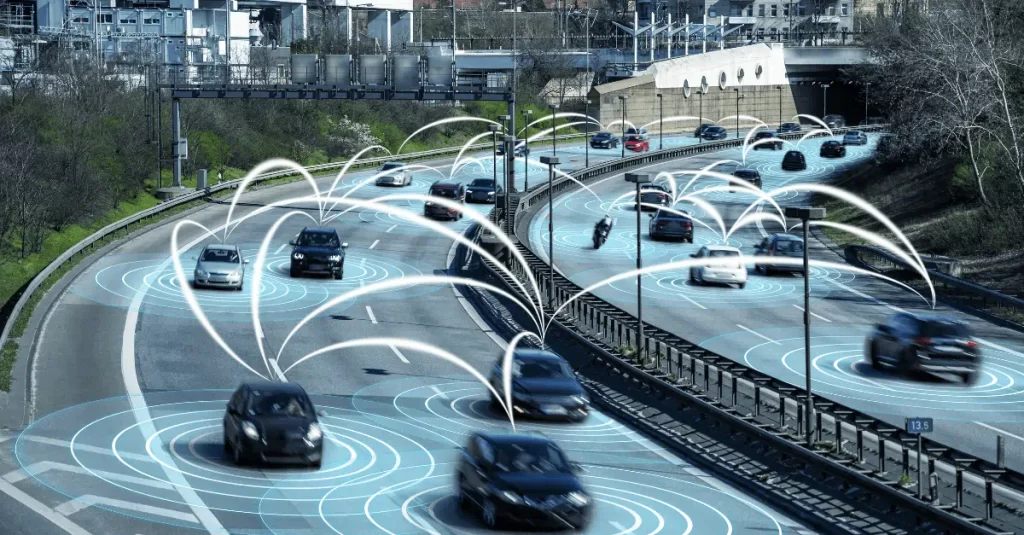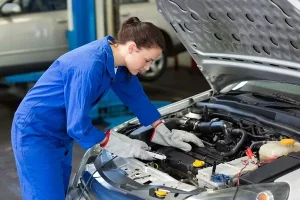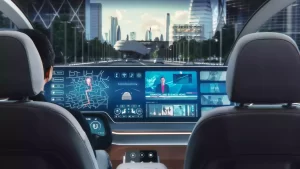The Future of Urban Mobility: Trends in City Cars and Transportation

Global cities are increasingly awakening to sustainability issues and its impacts on mobility, and consumers want more eco-friendly solutions like ride-sharing vehicles and electric scooters for travel.
Sitting in traffic can be an immense source of irritation for many. Effective mobility solutions require business model innovation and generational changes instead of revolutionary technological breakthroughs.
Electric Vehicles
As more people move into urban areas, their infrastructure is under immense strain. Traffic congestion, air pollution and a limited range of transportation options are just a few challenges facing cities today.
Electric Vehicles (EVs) offer great potential to address these problems. By reducing emissions and improving air quality in cities, especially when used for shorter city distances. They also reduce noise levels (though EVs may produce more sound than traditional vehicles at higher speeds).
Electric vehicles (EVs) offer lower operating costs and can travel up to 300 miles on one charge, as well as being integrated with other transport systems through Mobility as a Service (MaaS) models that allow commuters to plan and book all of their trips from one convenient place – helping reduce private vehicle ownership in cities while simultaneously increasing EV ownership rates rapidly. As a result, their popularity will likely skyrocket quickly – eventually surpassing gas-powered vehicles altogether.
Automated Vehicles
Autonomous vehicles (AVs) will transform urban transport. Utilizing radar, video cameras and Lidar (light detection and ranging), autonomous vehicles (AVs) utilize multiple sensors such as radar, video cameras and Lidar to survey their surroundings for pedestrians, other cars, road markings and lane dividers in order to navigate effectively in urban environments while simultaneously collecting useful data that enables traffic flow analysis, route optimization and emergency response systems.
Autonomous Vehicles provide many advantages, including enhanced safety, reduced fuel consumption and emissions, and expanded road capacity. Human error accounts for 94% of car accidents; eliminating this factor would likely make commuting safer and more comfortable.
Cities may eventually replace taxis, ride-hailing services and personal cars with autonomous vehicles for short distance travel; however, to prevent gridlock they must adopt an integrated approach to sustainable mobility, including encouraging micromobility, further regulating private cars and introducing AVs; upgrading and integrating existing infrastructure to increase transit efficiency – for instance Helsinki has introduced a mobility hub model enabling commuters to seamlessly switch between buses, trains and cargo bikes.
Smart Cities
With 68% of the world population living in urban areas, cities face many unique challenges. Traffic congestion causes lost time and pollution impacts mortality while emissions hurting the environment are among the many difficulties they encounter daily.
Municipalities have sought solutions to reduce traffic and increase efficiency by employing Smart Cities technology – which combines data and technology for increased mobility.
Smart cities utilize sensors to track road conditions, streetlight performance, traffic flow patterns and residents’ experiences of living there. This data helps optimize its system to deliver residents the best possible experience.
These systems also play an essential role in improving safety by monitoring driver behavior, speeding and red-light violations in real time and relaying this information back to vehicle owners and law enforcement authorities. Furthermore, the system alerts drivers about lane changes or other traffic events which helps reduce accidents due to human error and fatalities caused by human error.
Micromobility
As city residents become more concerned with traffic congestion and road safety, solutions that make traveling between A and B more efficiently and pleasurably are in high demand. These include comprehensive micro-mobility infrastructures as well as intelligent systems that optimize traffic flow while prioritising pedestrians and cyclists.
Increased use of e-scooters and bikeshare services indicates public interest in integrated micromobility offerings; however, to fully take advantage of them more people must address barriers which prevent this option from becoming widely utilized – this includes offering attractive ticket packages at attractive prices as well as expanding vehicle availability to neighborhoods outside downtown centers.
Urban mobility’s future lies not solely in smoother traffic flows; rather it must also liberate our most precious resource: time. Making daily commute less of an inconvenience into an opportunity for productivity and prosperity will only further advance urban mobility’s progress. Experience all of these trends at IAA MOBILITY from September 7-12th 2021 in Munich Germany.







